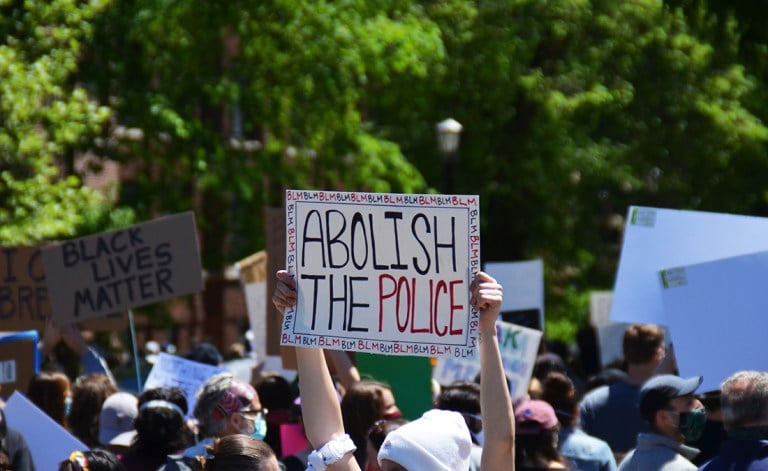The Declaration of Independence states that when a government denies its citizens the right to “life, liberty, and the pursuit of happiness,” it is their duty to “alter or abolish it.” This duty of a citizen to pressure the government towards policy change is embodied by activists around the U.S. – including on our very own college campus.
And what of student activists? As students and citizens, we are not excluded from this civic duty. In our youth, we bear a unique responsibility to ensure a better future. In fact, even just by analyzing Stanford’s own historical records, we can see the major waves that Stanford student activists have made by their participation in national protest movements.
In the 1910s, Stanford women joined the national women’s suffrage movement when they took up pickets in front of the White House — calling resolutely to finally be granted the right to vote. That very activism, spotlighted by our American Studies Program, contributed to the 19th Amendment’s ratification three years later.
A few decades later, the late 1960s brought the wave of anti-war and civil rights activism to Stanford, where students staged sit-ins and boycotts protesting the Vietnam War and called for the University to stop “war-related research on campus.” In 1969, the University complied with this pressure and ceased its military research and recruitment efforts — a clear show of students’ strength in activism.
As important as students were to these successful crusades for a more just society, what also mattered were their broader impacts. They served as an inspiration for others when they instituted their own activism. This created a ripple effect that allowed social movements to be so widespread that the government could no longer refuse to do the right thing.
Dr. Martin Luther King Jr. himself saw the value in student contribution and called for their aid in a speech at Stanford in 1964, declaring that “civil rights issues cannot be resolved from within the state; help must come from the outside.” He eventually inspired eight students to spend the following summer collecting interviews with civil rights workers. By helping to immortalize the legacy of the civil rights movement, these students did their part in exerting outside pressure on a government deeply immersed in discriminatory policies.
Despite a lack of supporting historical evidence, defeatists have long proclaimed this kind of activism as annoying and useless. A 1986 Daily article referred to protesters as “little more than nuisances” who “repel more people than they attract,” casting student activism as a futile irritation. This dangerous stigma even persists in 2024, with student activists facing harassment, doxxing and even physical violence. However, student activists shouldn’t back down in the face of such dismissiveness.
Should students give up their roles as citizens and what that title demands out of pessimism or fear?Certainly not. As Christopher Hargrove wrote in The Daily about the aforementioned student boycotts, “in exchange for the harmless price [of activism] we might hope to see some kind of unifying.” This positive force — hopeful of unifying around better values — changed University policy and is a testament to the power that students have.
Students, as the ones who will have to live with the future they set out for themselves, bear responsibility for what the future looks like. As Stanford students, we bear a particular burden to act because of our attendance at this multi-billion dollar institution that exists at the epicenter of power, wealth and innovation. With our resources, connections and voices, we have a greater moral responsibility to pressure the powers that be and protect the future.
The history of activism at Stanford shows its pervasiveness and potential for success. Now is not the time to abandon our activist history and the political involvement it entails. We are faced with the persistent dangers of Islamophobia and anti-semitism on our very own campus. World leaders are warning that “we are running out of time” to address climate change. It would be irresponsible to think that we do not need to engage in activism and historically inaccurate to decry it as worthless. The Stanford history that we have inherited shows us that our activism is a necessary contribution, one that we are ethically bound to, toward a better society.
